When oral care brands plan to launch or expand their electric toothbrush mechanism, one of the most critical decisions lies in choosing the right motor type. The motor types in electric toothbrushes directly affect brushing performance, cost, durability, and ultimately, consumer satisfaction. For OEM partnerships, understanding the difference between sonic toothbrush motor and rotary brush motor OEM solutions is essential in aligning product design with brand positioning. This article compares Sonic vs. Rotary for OEM Designs, providing insights that help brand owners and sourcing teams make informed choices when working with toothbrush manufacturers.
Modern electric toothbrushes typically rely on two motor systems: sonic toothbrush motors and rotary brush motors. Both are proven in the oral care industry but cater to different user needs and market segments. The choice between them determines brushing style, cleaning efficiency, noise level, and product cost structure.
A sonic toothbrush motor generates high-frequency vibrations—usually between 20,000 to 40,000 strokes per minute. Instead of rotating the brush head, it vibrates at sonic speed, creating fluid dynamics that push toothpaste and saliva into hard-to-reach areas.
OEM advantages:
Appeals to premium markets focused on gentle yet effective cleaning.
Lower mechanical complexity compared to gears in rotary systems.
Often associated with sleek, slim toothbrush designs.
Supports advanced features like smart sensors and Bluetooth tracking.
A rotary brush motor OEM design uses oscillating-rotating technology, moving the brush head in circular motions. While generally operating at lower frequencies than sonic types, rotary mechanisms excel at mechanical plaque removal and are often preferred by users who value a more “manual-like” cleaning action.
OEM advantages:
Strong brand recognition (many global oral care leaders use rotary systems).
Reliable cleaning performance, especially for heavy plaque removal.
Compatible with interchangeable head designs (cross-action, polishing cups, etc.).
Often more cost-effective for mass-market positioning.
When developing an electric toothbrush mechanism, brands must balance:
Target market positioning: Premium vs. mass-market.
User experience: Gentle vibration vs. powerful rotation.
Battery life: Sonic motors typically consume less energy.
Noise levels: Sonic systems tend to be quieter.
Customization options: Rotary motors often allow diverse brush head variations.
OEM partners play a crucial role in adapting these factors into feasible designs.
The Sonic vs. Rotary for OEM Designs debate doesn’t have a single answer. Instead, it depends on brand strategy:
Luxury oral care lines often select sonic motors for their innovative image and comfort-driven performance.
Mainstream or family-oriented lines may prefer rotary brush motor OEM solutions for their cost efficiency and proven plaque-fighting reputation.
Hybrid strategies exist, where a brand offers both motor types across different product tiers to capture a wider audience.
For brands entering the electric toothbrush market, collaboration with the right factory is critical. An experienced OEM manufacturer can guide decisions on motor types in electric toothbrushes, ensuring the selected mechanism aligns with brand goals, cost targets, and regulatory compliance.
Brands should look for:
Technical expertise in both sonic and rotary designs.
R&D support for custom features and differentiation.
Scalable production capacity for global distribution.
Proven track record in oral care compliance and certifications.

The decision between a sonic toothbrush motor and a rotary brush motor OEM system defines more than just product performance—it shapes brand identity in the competitive oral care market. By understanding the differences in electric toothbrush mechanisms and carefully evaluating Sonic vs. Rotary for OEM Designs, oral care brands can confidently partner with manufacturers to deliver products that meet consumer expectations and business objectives.
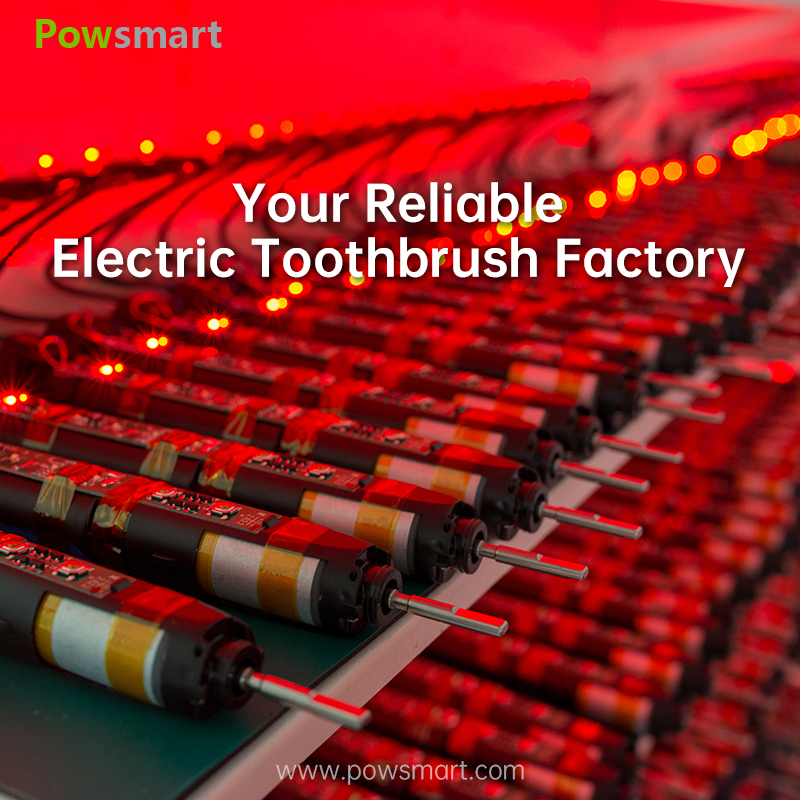
Adventure-Ready Electric Toothbrushes: Outdoor Toothbrush OEM Features for Outdoor Enthusiasts
Optimizing Electronic Toothbrush Mold Longevity with Hot Runner Technology Solutions
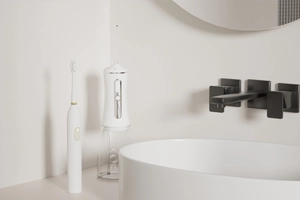
Technological Breakthrough in Solving Water Flosser Leakage Problem: How to Achieve Complete Leakage Prevention?
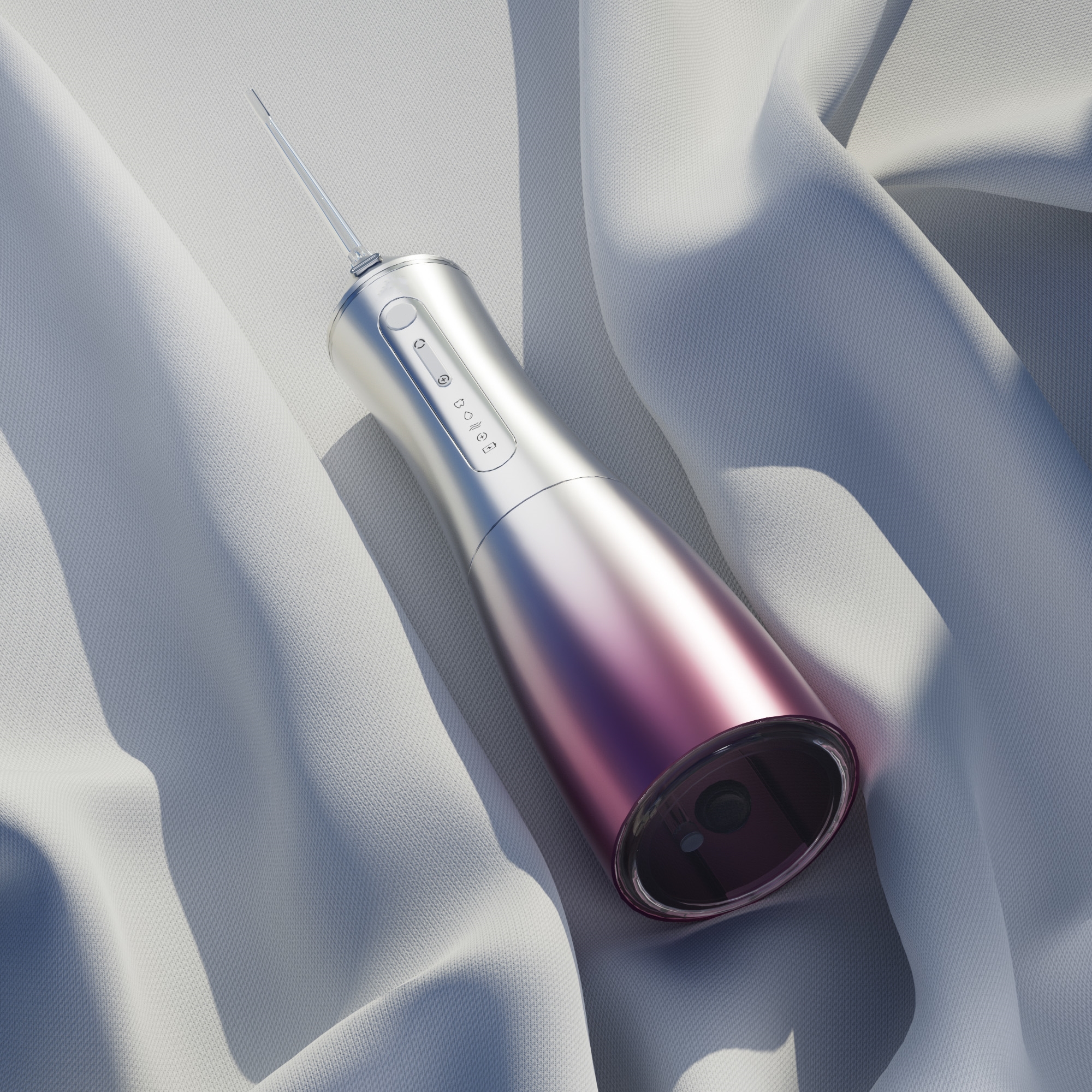
Types of Irrigator Nozzles: Which Nozzle is the Best Choice?
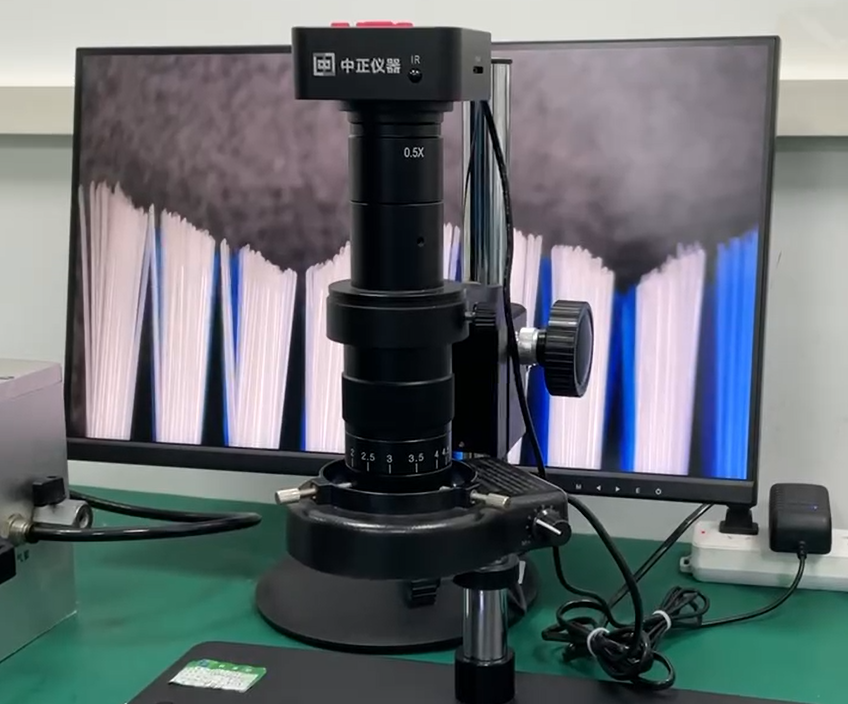
Electric Toothbrush Bristle Implantation Technology: How to Choose the Most Suitable Bristles?
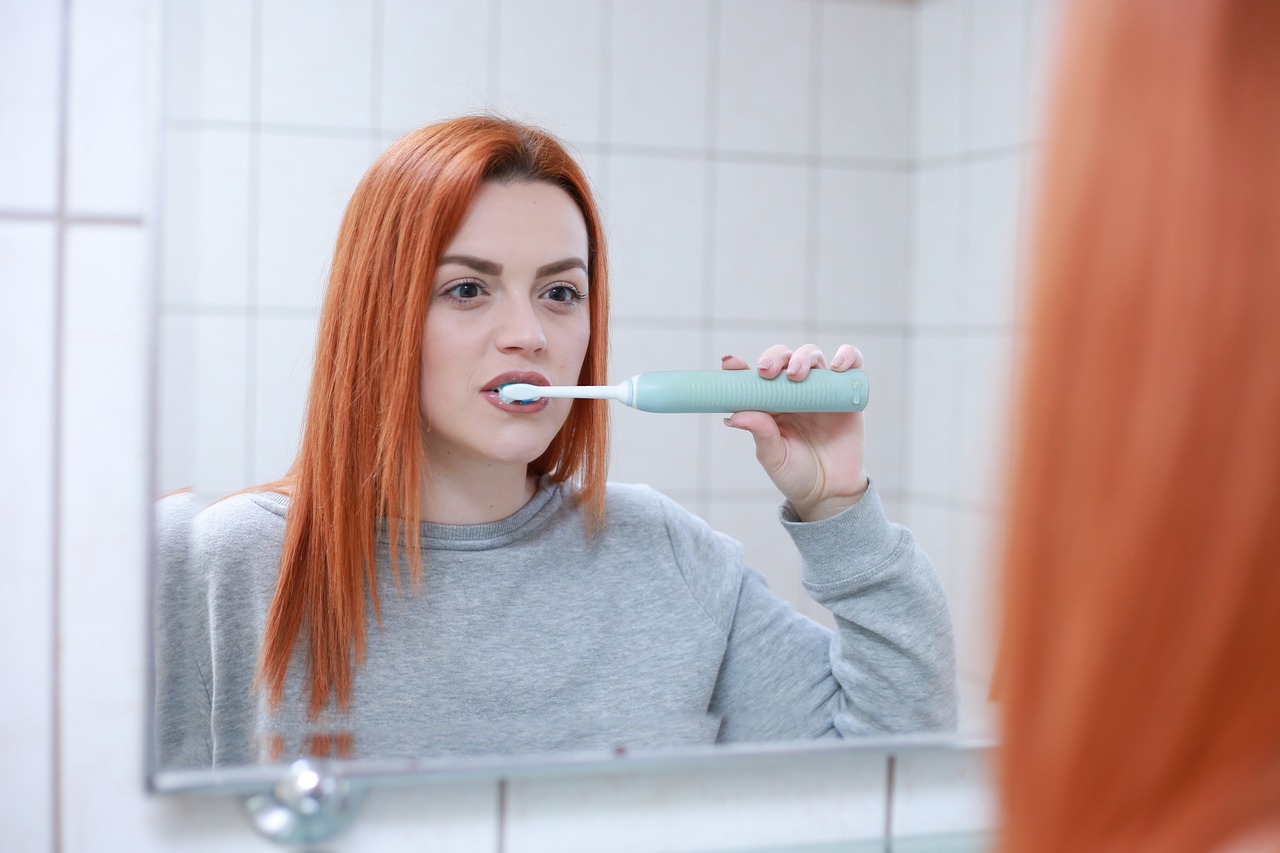
The Advantages and Current Usage of Electric Toothbrushes’ cleaning efficincy
How to Use Electric Toothbrush First Time Guide Hindi
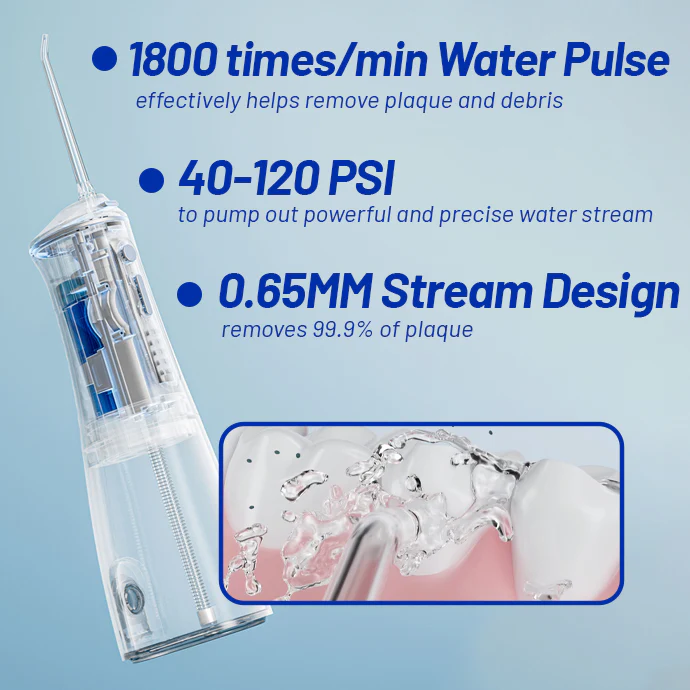
Optimal Water Pressure for Oral Irrigators: How to Choose the Right Water Pressure?
Holi Family Gift Pack Electric Toothbrush Ahmedabad

Effect of Electric Toothbrush on Fixed Orthodontic Adolescents with Poor Oral Hygiene
Electric Toothbrush Quality Control: Cleanroom Standards & Defect Analysis Solutions
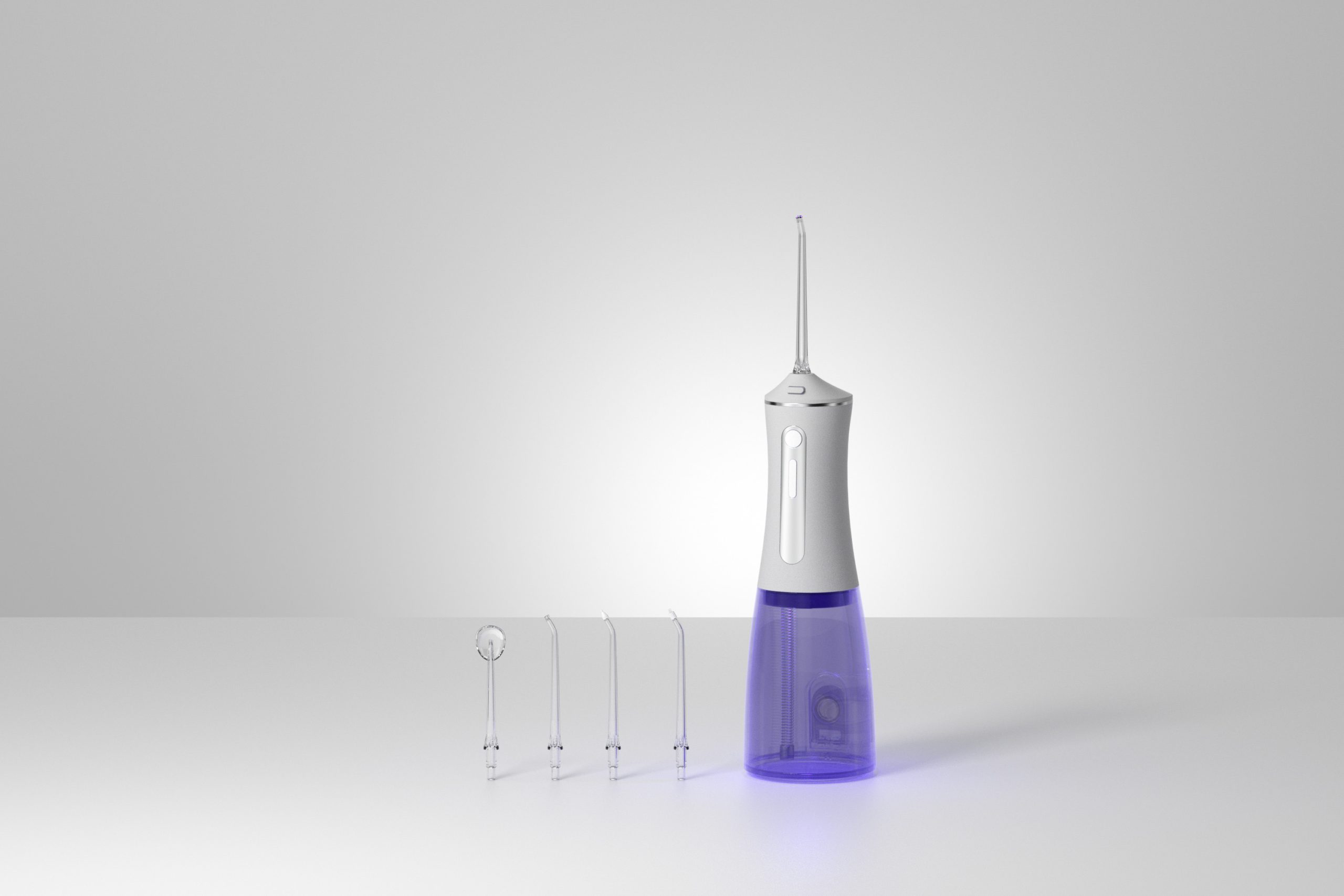
The Scope of OEM Customization of Water Flossers: How to Meet the Needs of Customers of Different Brands?
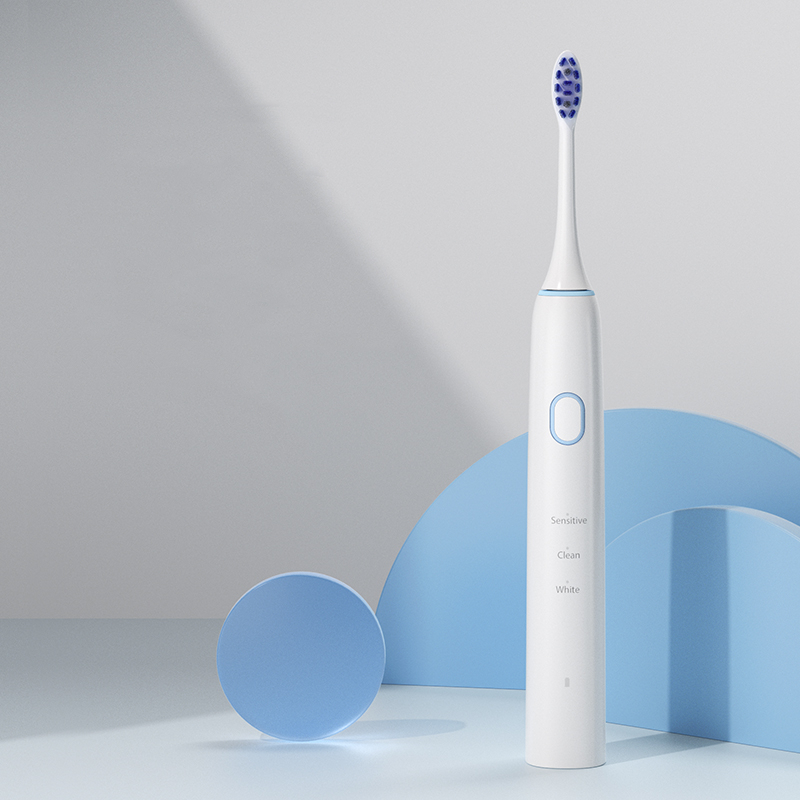
Proper Teeth Cleaning Techniques with Electric Toothbrushes: Guide for OEM Manuals
.jpg)
Pros and Cons: A Deep Dive into UVC and Ozone Sterilization Technologies
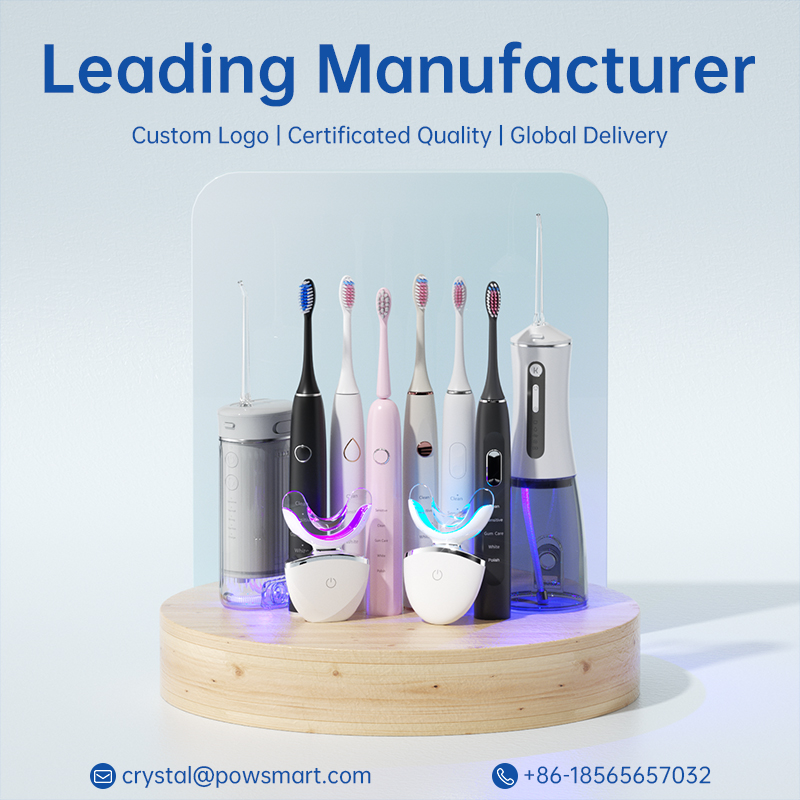
Do Functional Electric Toothbrush Claims Hold Up? Truth Behind OEM Marketing
Power Toothbrush Snap-Fit Design: Optimizing Durability Testing for Longevity

Electric toothbrush heads Charcoal Infused-Diamond

electric toothbrush heads Deep Clean
.jpg)
Florida Electric Toothbrush – Powsmart PTR-C8

electric toothbrush heads Charcoal Infuse-Round

Customization Teeth Whitening Gel

electric toothbrush heads Regular Clean

Private Label Whitening Gel

electric toothbrush heads Ultra Soft